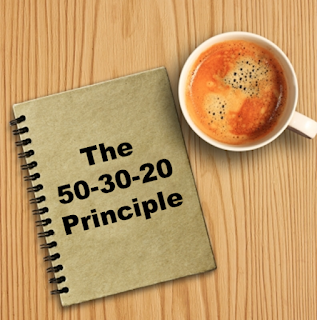Watch me speak here:
You can see the slides here.
The talk was very well received by the audience but I know how tense I was before it all started. I was supposed to be Speaker No. 8 so when I reached the venue I was taking a stroll and absorbing the surroundings. Suddenly I am told, "Vivek you go first". I was like "excuse me". So I rushed up to the guy with the laptop, ran through all the 20 slides to see they were the same I had emailed to these guys.
While I waited for my turn the introductions were on. About Ignite, about this and about that. I had butterflies in my stomach. I guess that's natural because speaking to a large gathering does make you a bit nervous. The only solution to this is 'experience'; latch on to every opportunity to speak and master the art.
However there is something I did which reduced my tension and I must share that with you. I had rehearsed well and so I was not worried about 'forgetting content' on stage. All I was worried about was a good start. If I could start well, I will find my rhythm. So what did I do?
I rehearsed the first few sentences again and again (while I sat and waited to be called upon). That really helped. I also did some deep breathing (keeping eyes closed) and told myself that all these people here have come to listen to me. I am the presentation blogger and I have something useful to share. I motivated myself. I have learnt this from my father. I remember when I was going for my MBA interviews for IIM. Seeing me very tense my father came to me and said, "Vivek all these interviewers have come all the way to talk to you. You are special. Why should you be worried? Just go and talk to them and come back home."
I guess all these did the trick. When I started I could find my rhythm and get going immediately. I did not forget anything I had to say. I had not crammed up the content but really had some anchor points for every slide. Since I remembered the anchors, I could frame my sentences as planned.
If you get a chance to speak at Ignite, do so. If there is an Ignite happening in your city make it a point to attend it always. It's a strong recommendation from my side.


